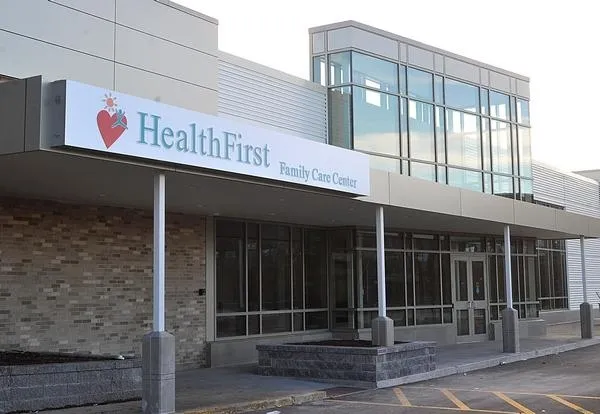
By Akanksha Goyal
Boston University News Service
As healthcare costs surge across Massachusetts, Fall River’s most vulnerable residents are feeling the strain.
With a median household income of $53,000, less than half the state average according to 2023 U.S. Census data, Fall River is facing widening disparities in access to medical care, leaving many struggling to afford basic services.
The Massachusetts Health Policy Commission board meeting last month painted a grim picture of the state’s current conditions. During the virtual gathering, the commission unveiled a draft of its 2024 Health Care Cost Trends Report which came with an increased focus on affordability. The full draft along with policy recommendations for the year will not be released until Oct. 10, the next time the board meets publicly.
A survey by the Center for Health Information and Analysis examining residents with employer-sponsored insurance coverage revealed that over half of the state’s low-income residents said it was challenging to afford care. The survey compared responses from 2021 to 2023, with HPC administrators saying affordability has worsened across all measures.
Forced to make a grim choice: Food or medicine
For Sarah Provencher of Fall River, the rising costs have been especially punishing. When insurance didn’t cover the cost of her prescriptions, she found herself forced to choose between buying food or medicine.
“When people are living on the breadline anyway, even a discount is not going to help,” she said. “You’re still having to make that choice: do I eat or do I have my medication?”
For those who have been prescribed lifesaving medications, Provencher said, there needs to be a better option, some kind of safety net.
Between 2019 and 2022, the price of branded prescription drugs escalated by 39.7%, primarily due to rising costs rather than increased utilization, according to the report. It also revealed that last year, Massachusetts ranked second in the country for highest family health insurance premiums.
How Fall River’s HealthFirst aims to help low-income families
The HealthFirst Family Care Center, a federally qualified facility in Fall River, is playing a crucial role in supporting low-income families in the community. Its sliding fee discount, based on income and family size, helps reduce out-of-pocket expenses for essential services, such as medical, dental and behavioral health care.
“High-deductible insurance plans are usually cheaper for patients except when they actually use insurance,” HealthFirst Chief Operating Officer Linda Medeiros said in an email. “Then that plan can turn into a tremendous unaffordable burden.”
She added that co-pays, prescription refill costs when patients are on multiple medications and seeing multiple providers pose additional challenges for underserved populations.
A statewide poll by Blue Cross Blue Shield of Massachusetts was also presented during the HPC meeting, which found that four in 10 residents avoided seeing a doctor or going to a hospital because of high costs.
To effectively address the healthcare challenges faced by low-income families, Medeiros called for the availability of more local specialty services in the SouthCoast for underinsured patients. This shortage, she said, leaves patients with no option but to travel to Boston or nearby cities with the required facilities to receive the treatment they need.
“Most of these patients don’t speak English, have no sick time, can’t take time out of work,” Medeiros said. “Add to that explaining how to navigate the complexity of a Boston doctor trip is in itself a difficult task.”
‘Spent all of my life savings’
Provencher and her husband, who had saved up for their son’s birth after unexpectedly becoming pregnant during the pandemic in 2020, nearly went bankrupt due to expenses associated with the high-risk pregnancy. When her water broke at 24 weeks, she was taken to Women & Infants Hospital in Providence, where they stayed for six months while their newborn son received care.
“I basically spent all of my life savings,” she said. “Neither of us had transportation at the time and we couldn’t keep going back and forth.”
As the HPC prepares to release its final guidance for policymakers, executives convened with the commission’s advisory council in a virtual meeting on Sept. 26 to discuss recommendations based on the cost trends report.
Among the proposed reforms, they emphasized rebuilding a healthcare system that makes affordability and equity their priorities, putting patients at the forefront and addressing long-standing market dysfunctions that contribute to financing disparities statewide.
This story originally appeared in The Herald News.







